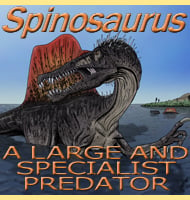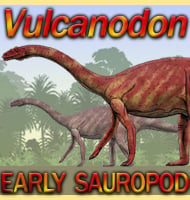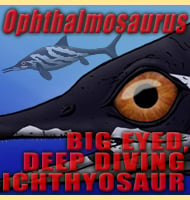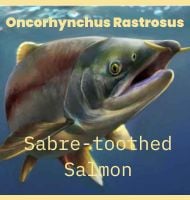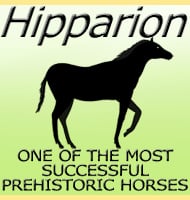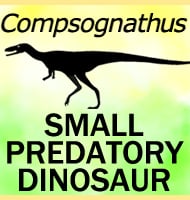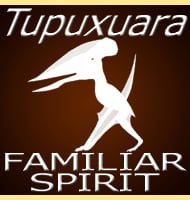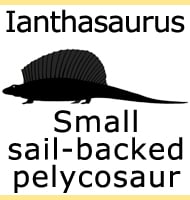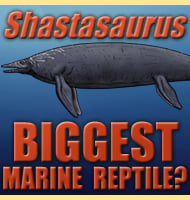In Depth
When fossils where first reported in 2008, it was clear that that these were the bones of what would become one of the more noteworthy dicynodonts. Formally named over ten years later, Lisowicia is by far one of the largest, if not the largest dicynodonts that ever lived. A second feature of note is that all four legs of Lisowicia seem to support the body from underneath, quite different to the majority of known dicynodonts where the front limbs especially splay out to the sides.
Why Lisowicia grew so large is a question with many possible answers. Lisowicia lived in the late Triassic period, many millions of years after the mass extinction that marks the end of the Permian period. By this time the supercontinent of Pangea was breaking up, and plants of all types were spreading all over, meaning that there was more food than ever for herbivores. There was also fresh new competition for these plants with rhynchosaurs and herbivorous cynodonts becoming common, and these were better suited to feeding upon low growing plants. By growing larger, Lisowicia could focus more upon eating the larger vegetation that was out of reach of these herbivores, though ultimately may have faced pressure from emerging sauropodomorph dinosaurs.
Another factor to consider is the emergence of larger predators. Hunters such as rausuchians, archosaurs of various types and even primitive dinosaurs were all active, and the excessive growth of Lisowicia may have meant that it was just too much trouble for most of these predators to deal, at least when fully grown. However, most is not necessarily all, and one archosaurian predator that lived in the same location at the same approximate time as Lisowicia is the five to six meter long Smok wawelski.
Further Reading
- A Dicynodont-Theropod Association in the Latest Triassic of Poland, Acta Palaeontologica Polonica. 53 (4) - Jerzy Dzik, Tomasz Sulej & Grzegorz Niedźwiedzki - 2008. - An elephant-sized Late Triassic synapsid with erect limbs - Science. by Tomasz Sulej & Grzegorz Niedźwiedzki - 2019.

